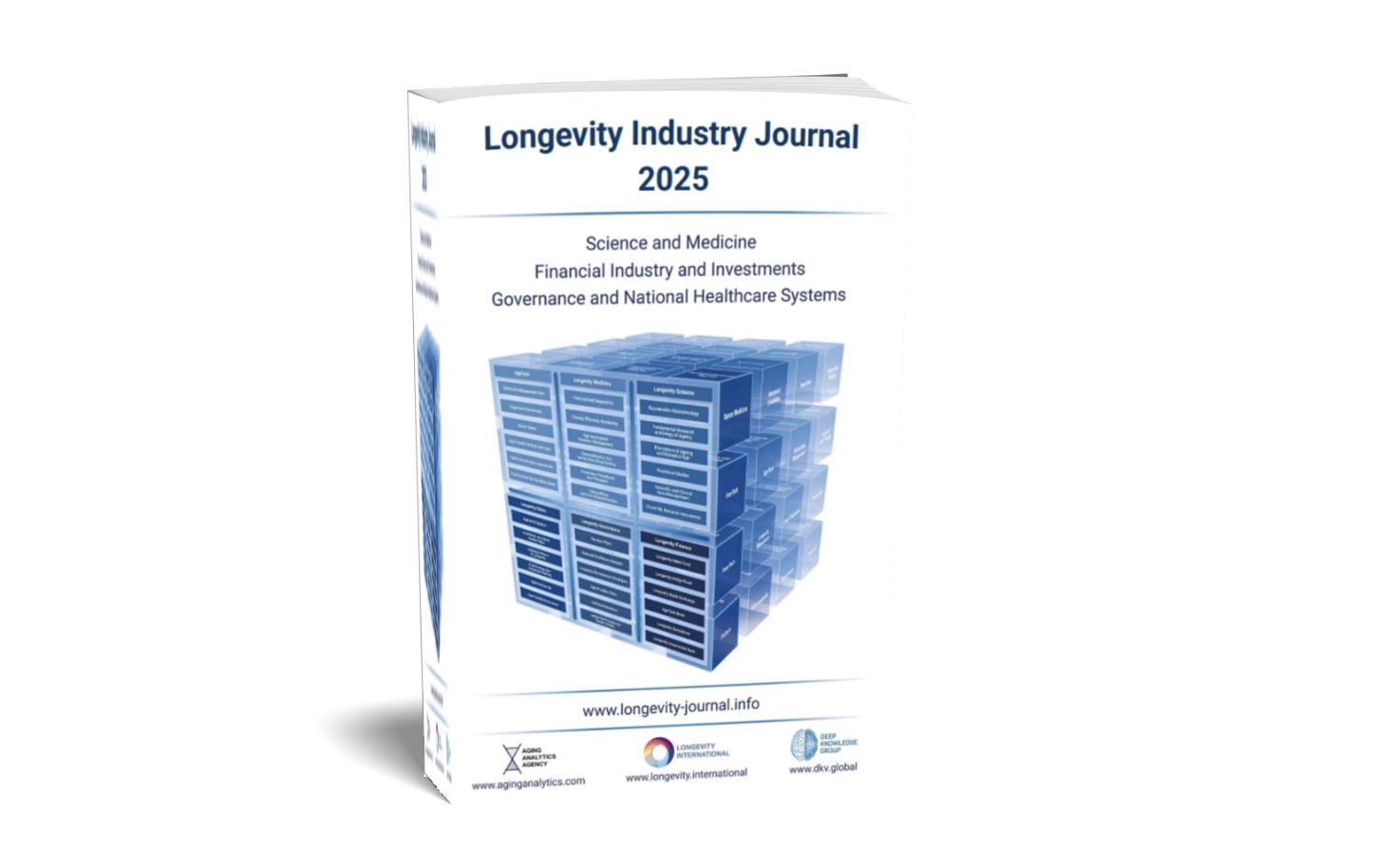- Longevity Journal

- Sep 24
- 3 min read
In the face of an aging global population, cities around the world are stepping up to the challenge of creating environments that not only support older generations but also foster health, well-being, and longevity for all. This emerging concept of Longevity Urbanism represents a radical shift in urban planning and design, ensuring that cities are prepared to meet the needs of an aging population while integrating cutting-edge health, wellness, and technological advancements.

Age-Friendly Real Estate: A Critical Component
Longevity Urbanism begins with the concept of Age-Friendly Real Estate, which aims to design residential and commercial spaces that cater to the specific needs of older adults. In these cities, accessibility is key—homes are designed to allow people to age in place, with features like non-slip floors, wide doorways, and smart home systems that assist with mobility, health monitoring, and communication. Such spaces not only enhance independence but also foster a sense of belonging, reducing the isolation often felt by the elderly.
Longevity-Friendly Tourism: Wellness as a Journey
In parallel, Longevity-Friendly Tourism is evolving to accommodate older adults who wish to travel in comfort and security. Destinations designed with longevity in mind will offer more than just convenience—they will integrate health monitoring technologies and wellness-focused amenities into the travel experience. This could include wellness resorts with personalized care services, transportation that ensures ease of access, and AI-powered concierge services that cater specifically to the health and safety of older travelers.
Innovative Global Examples: The Rise of Longevity Oases and Valleys
Cities like Sharjah in the UAE and Singapore have already made strides in creating Age-Friendly Cities. They are now setting the stage for the next evolution—Longevity-Friendly Cities. These cities go beyond catering to the elderly by incorporating Healthspan and Wealthspan into their urban planning. The goal is not just to ensure that residents live longer but that they do so with high quality of life, active participation in society, and continued economic and professional engagement.
One prime example of such an initiative is the Longevity Oases being developed in the Gulf Cooperation Council (GCC) region. These hubs are designed as integrated ecosystems where health, economic growth, and technological innovation converge. The region is poised to redefine how society views aging, turning what is typically seen as a challenge into an opportunity for continued vitality, work, and wealth creation.
In addition to these practical steps, Longevity Valleys—specialized districts or regions focused on longevity and health innovation—are becoming a reality. These zones integrate sectors such as AgeTech, Longevity Medicine, WealthTech, and Smart Infrastructure to create environments where people of all ages can live longer, healthier lives. These areas are more than just safe places to grow old; they are vibrant, forward-thinking communities built around the idea of Healthy Longevity.
A Global Shift: Moving from Age-Friendly to Longevity-Friendly
The evolution from Age-Friendly to Longevity-Friendly is an ambitious but necessary step as we confront the realities of an aging global population. Unlike traditional retirement-oriented communities, Longevity-Friendly Cities are designed for people at every stage of life. These cities will provide the infrastructure, services, and opportunities for individuals to live productive, healthy lives, well into their later years.
As cities and nations race to create the first Longevity Valleys, they not only address the needs of their aging populations but also create new economic opportunities. The rise of these cities will redefine what it means to live long and well, paving the way for a future where longevity is not just an extension of life, but an enhancement of life at every age.
Longevity Urbanism offers a comprehensive vision for the future of cities, where health, wellness, and longevity are prioritized at every level of planning, from real estate to tourism. As governments, developers, and urban planners collaborate to make this vision a reality, we can expect the first Longevity Oases and Valleys to emerge in the coming years, shaping the cities of tomorrow for a longer, healthier, and more prosperous world.
For detailed insights on the emerging new sectors of the Longevity Industry, order your copy of Longevity Industry Journal 2025 at: www.longevity-journal.info/2025
Comments